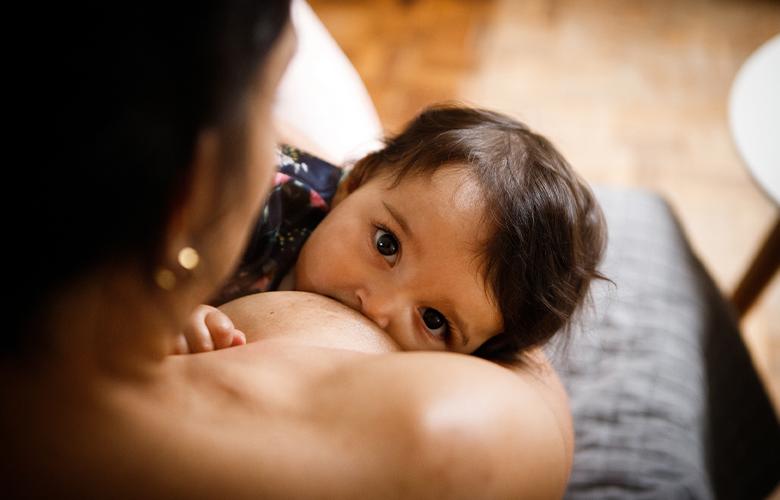
August is National Breastfeeding Month!
Imagine a young woman, perhaps under-resourced and lacking a support system, who is about to have her first baby. In one scenario, the mother is provided some information about the importance of breastfeeding but has many questions that remain unanswered. In another scenario, the mother is provided the same information. However, she is also invited to complete an infant feeding plan, reflect on her worries and fears as a new mother, and learn how to overcome breastfeeding challenges by building up her confidence and reinforcements with community resources.
You might guess that the mother in the second scenario will fare better in initiating and sustaining breastfeeding for at least six months—the minimum time the American Academy of Pediatrics recommends that an infant be fed only breast milk.
But do you know that these strategies actually improve breastfeeding rates? That’s where the Home Visiting Collaborative Improvement and Innovation Network (HV CoIIN) comes in. HV CoIIN is a promising approach toward measuring improvement, reporting on change, and identifying practical strategies that work.
HV CoIIN is the first national initiative to use the Institute for Healthcare Improvement’s Breakthrough Series Framework to accelerate improvements for children and families within the Maternal, Infant, and Early Childhood Home Visiting (MIECHV) Program. Over the past seven years, we’ve worked with MIECHV Program awardees (state, territories, and tribal communities) and their local home visiting agencies to improve breastfeeding initiation and retention among mothers and their infants.
Through collaborative learning, rapid testing, and building continuous quality improvement (CQI) capacity, our awardees have made great strides in their efforts to improve breastfeeding outcomes.
During HV CoIIN 1.0, our first collaborative cycle (September 2013–August 2017), awardees and home visiting agencies increased the number of home visitors trained in infant feeding and lactation from 50% to 95%. They also improved breastfeeding intention rates and initiation rates from 50% to 63% and 47% to 61%, respectively.
But there’s still room for improvement, particularly around closing the gaps in breastfeeding rates among historically marginalized and low-income families.
From September 2017 to August 2022, we are spreading these well-tested breastfeeding interventions across states and local agencies nationwide through HV CoIIN 2.0, our second initiative. We’re bringing together more states and local agencies to build CQI capacity among home visiting teams and to unleash the potential of home visiting programs to realize large-scale improvements in breastfeeding.
Read how states and local agencies are achieving extraordinary outcomes in breastfeeding in “Improving Breastfeeding Outcomes: HV CoIIN’s Journey from Small Tests of Change to Large-Scale Improvement.”
| Jamie Jobe is a senior research associate at EDC with expertise in home visiting, early childhood, mental health, and HIV. Her work focuses on how quality improvement and collaboration can advance health equity and improve outcomes for individuals and communities. | |
| Karen Cairone is a mental health expert and a senior training and technical assistance associate at EDC with a focus on designing tools and resources that help early childhood educators, leaders, and parents promote young children’s mental health and resilience. |


Add new comment